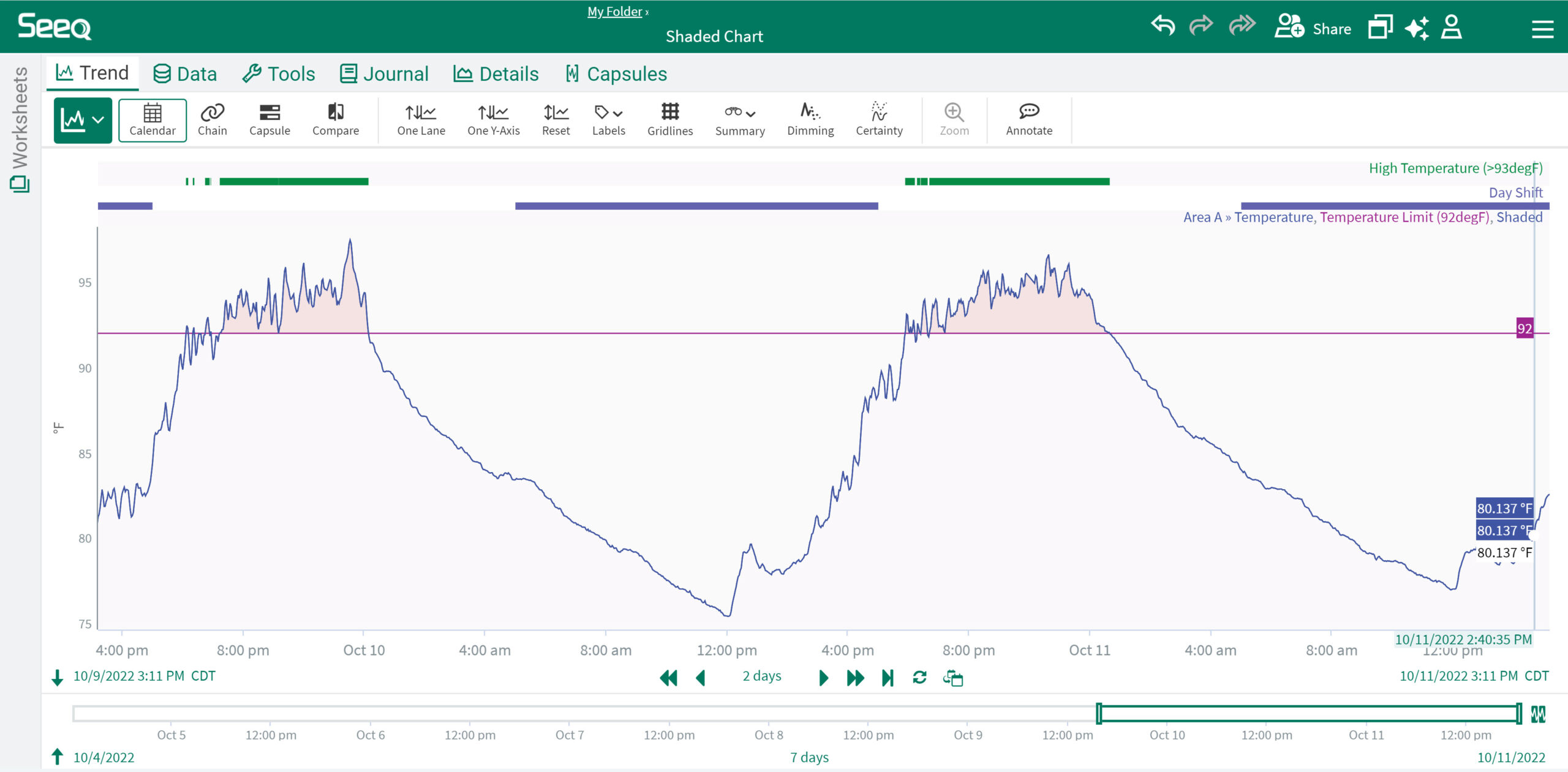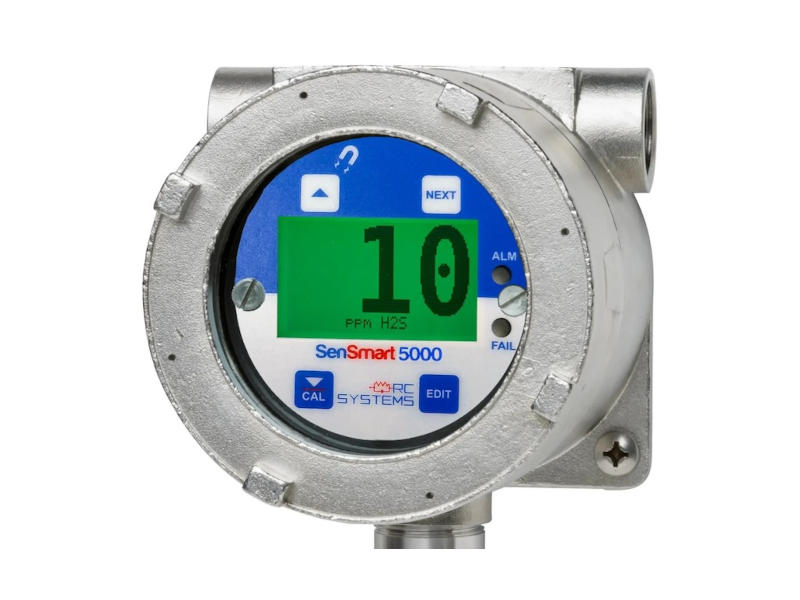A relay is a simple electromechanical switch made up of an electromagnet and set of contacts. As simple as they are, however, relays are found hidden in all sorts of complicated products. In fact, some of the first computers ever built used relays to implement Boolean gates. Construction Relays consist of four parts: Electromagnet Armature that can be attracted by the electromagnet Spring Se...
A relay is a simple electromechanical switch made up of an electromagnet and set of contacts. As simple as they are, however, relays are found hidden in all sorts of complicated products. In fact, some of the first computers ever built used relays to implement Boolean gates.
Construction
Relays consist of four parts:
-
Electromagnet
-
Armature that can be attracted by the electromagnet
-
Spring
-
Set of electrical contacts.
-
The drawing shows these four parts in action. It reveals that a relay consists of two separate and completely independent circuits. The first is at the bottom and drives the electromagnet. In this circuit, a switch is controlling power to the electromagnet. When the switch on the electromagnet is open, it attracts the armature (blue). The armature is acting as a switch in the second circuit. When the electromagnet is energized, the armature completes the second circuit and the light is on. When the electromagnet is not energized, the spring pulls the armature away and the circuit is not complete. In this case, the light is dark.
There are several variables to consider when purchasing relays:
-
Voltage and current needed to activate the armature
-
Maximum voltage and current that can run through the armature and armature contacts
-
Number of armatures (generally one or two)
-
Number of contacts for the armature (generally one or two; the relay shown here has two with one unused)
-
Whether the contact (if only one is provided) is normally open (NO) or normally closed (NC).
-
Applications
In general, the point of a relay is to use a small amount of power in the electromagnet — for example, coming from a small dashboard switch or low-power electronic circuit — to move an armature that is able to switch a much larger amount of power. For example, you might want the electromagnet to energize using 5 V and 50 milliamps, while the armature can support 120 Vac at 2 amps.
Relays are quite common in home appliances that feature an electronic control turning on a motor or light. They are also common in cars where the 12-V supply voltage means that just about everything needs a large amount of current. In later model cars, manufacturers insert relay panels into the fuse box to make maintenance easier.
Relays are often cascaded in places where a large amount of power needs to be switched. A small relay switches the power needed to drive a much larger relay, and that second relay switches the power to drive the load.
-



